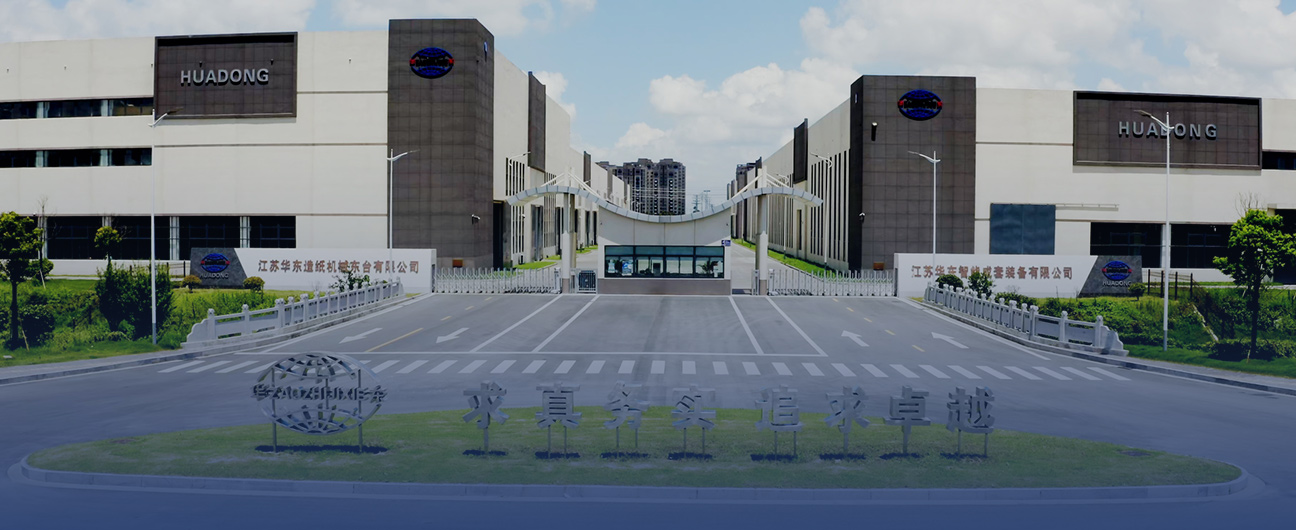The epidemic changes the global packaging industry four future trends worth grasping
China's packaging industry will enter a critical development period, namely the golden development period to the problematic phase. The study of the latest global trends and types of drivers will be of strategic importance to the future direction of our packaging industry.
According to Smithers (Smithers) had in "The Future of Packaging: Long-term Strategic Forecasts to 2028", by 2028, the global packaging market will grow at a rate of nearly 3% per year to reach more than $1.2 trillion.
From 2011 to 2021, the global packaging market grew by 7.1%, with most of this growth coming from countries such as China, India, and others. More and more consumers are choosing to move to urban areas and adopt modern lifestyles, thus boosting the demand for packaged goods. And the e-commerce industry is accelerating this demand on a global scale.
Many market drivers are having a significant impact on the global packaging industry. Four key trends that will emerge in the coming years.
According to WHO, the number of people infected with the new crown has reached 210 million worldwide as of September 2021, and experts predict that the sweeping epidemic will continue for another 1-3 years. The impact of the epidemic on the global packaging industry is also in all aspects, for example, in countries such as China and South Korea, which are taking the lead in dealing with the epidemic, the demand for packaging for groceries, healthcare products and e-commerce shipments will rise sharply. But at the same time, demand for industrial, luxury goods and some B2B shipping packaging is likely to decline. So, the new crown epidemic could be one of the trends that changes the packaging industry.
In addition, global consumers may be increasingly inclined to change their pre-epidemic shopping habits, leading to a strong uptick in e-commerce delivery and other home delivery services. This translates into increased consumer spending on consumer goods and access to modern retail channels, as well as a growing middle class eager to access global brands and shopping habits. In the epidemic-ridden U.S., online sales of fresh foods are up tremendously compared to pre-epidemic 2019, growing more than 200% during the first half of 2021, with meat and vegetable sales up more than 400%. Along with this comes increased pressure on the packaging industry as customers become more price sensitive due to the economic downturn, and packaging producers and processors need to try to win enough orders to keep their plants operating.
In fact, since 2017, there has been an increased interest in sustainability, especially in the packaging industry. This is reflected in central governments, municipal regulations, consumer attitudes and the various consumer brands around the world that want to communicate their values through packaging.
The EU is leading the way in this area by promoting a circular economy, with European governments and people particularly concerned about plastic waste. Plastic packaging, as a high-volume, single-use item, is highly scrutinized in Europe. Many EU strategies are being advanced to address this issue, including replacing alternative materials, investing in the development of bio-based plastics, designing packaging to make it easier to recycle and dispose of, and improving the recycling and disposal of plastic waste.
But it is important to note in particular that in the context of the current epidemic, hygiene and food safety considerations are likely to become higher priorities, and conversely, the sustainability performance of other packaging substrates may be less important in people's minds - at least for now. Consumers and the packaging industry have a new awareness and expectation of the hygiene and safety benefits that plastic packaging can provide, which seems to outweigh concerns about recyclability and plastic waste leakage into the environment.
The global online retail market continues to grow rapidly, driven by the popularity of the Internet and smartphones. Consumers are increasingly accustomed to purchasing goods online. Smithers notes that this will continue to increase over the next 10 years and that people and businesses will demand packaging solutions that are greener, more hygienic and healthier, and safer to transport goods. For example, more and more people will consume food, beverages, medicines and other products on the way to work or travel. The flexible plastics industry is one of the main beneficiaries of this growing demand for packaging solutions that offer convenience and portability.
In addition, with the shift to single living, more and more consumers - especially the younger demographic - tend to buy groceries more frequently and in smaller quantities. This is driving growth in convenience store retailing and driving demand for more convenient, smaller-sized packaging formats.
The internationalization of many FMCG brands is also increasing as individual brand companies around the world continue to seek new high-return, high-growth areas and markets. This process will be accelerated by people's increasingly modern, technology-enabled lifestyles in the coming years.
Likewise, the globalization of e-commerce and international trade is stimulating demand from brands for components such as "RFID (Radio Frequency Identification)" tags and "smart" labels to prevent counterfeit products and to implement better market surveillance.
Frankly speaking, consumers are not as loyal to brands as they used to be in the past. To improve this phenomenon, brands are trying to engage customers with marketing campaigns and are adding a "packaging experience" to their customer shopping process as brand owners seek to rely on flexible packaging design to personalize their products, deliver unique selling propositions (USPs) and brand ideas. This "lucrative" way to engage consumers and earn customer loyalty is killing two birds with one stone.
Transparency and sustainable marketing also means that brands can promote their brand values through packaging that combines functionality, performance and environmental awareness. Conveying ideas such as "environmentally responsible products" and "recyclable product packaging" without incurring additional costs or reducing profits. Generally, flexible packaging with unique designs and attractive colors can help brands create brand identities, attract consumer attention, increase sales and gain a competitive edge over similar products.







 Home
Home Products
Products Telephone
Telephone Message
Message